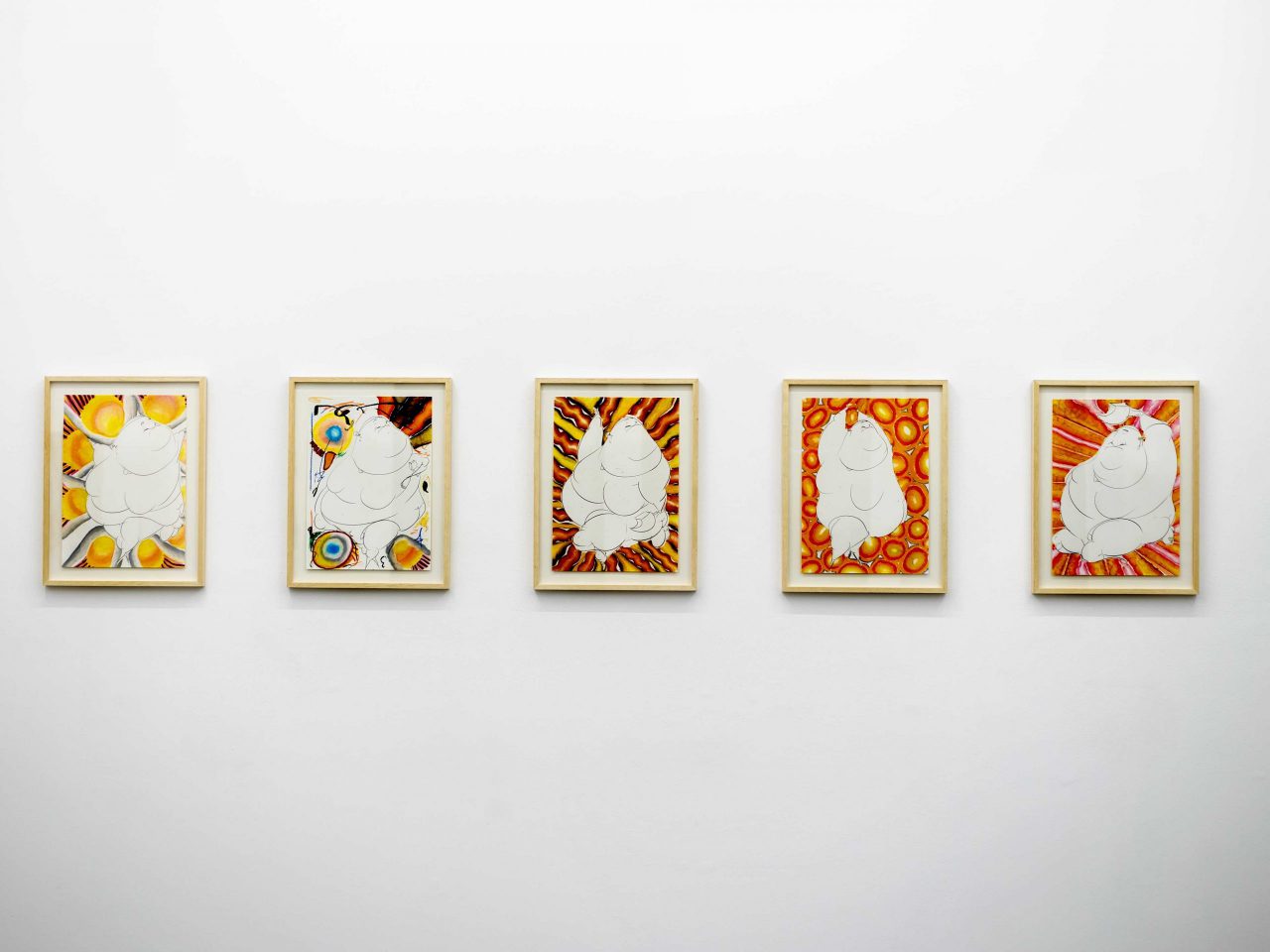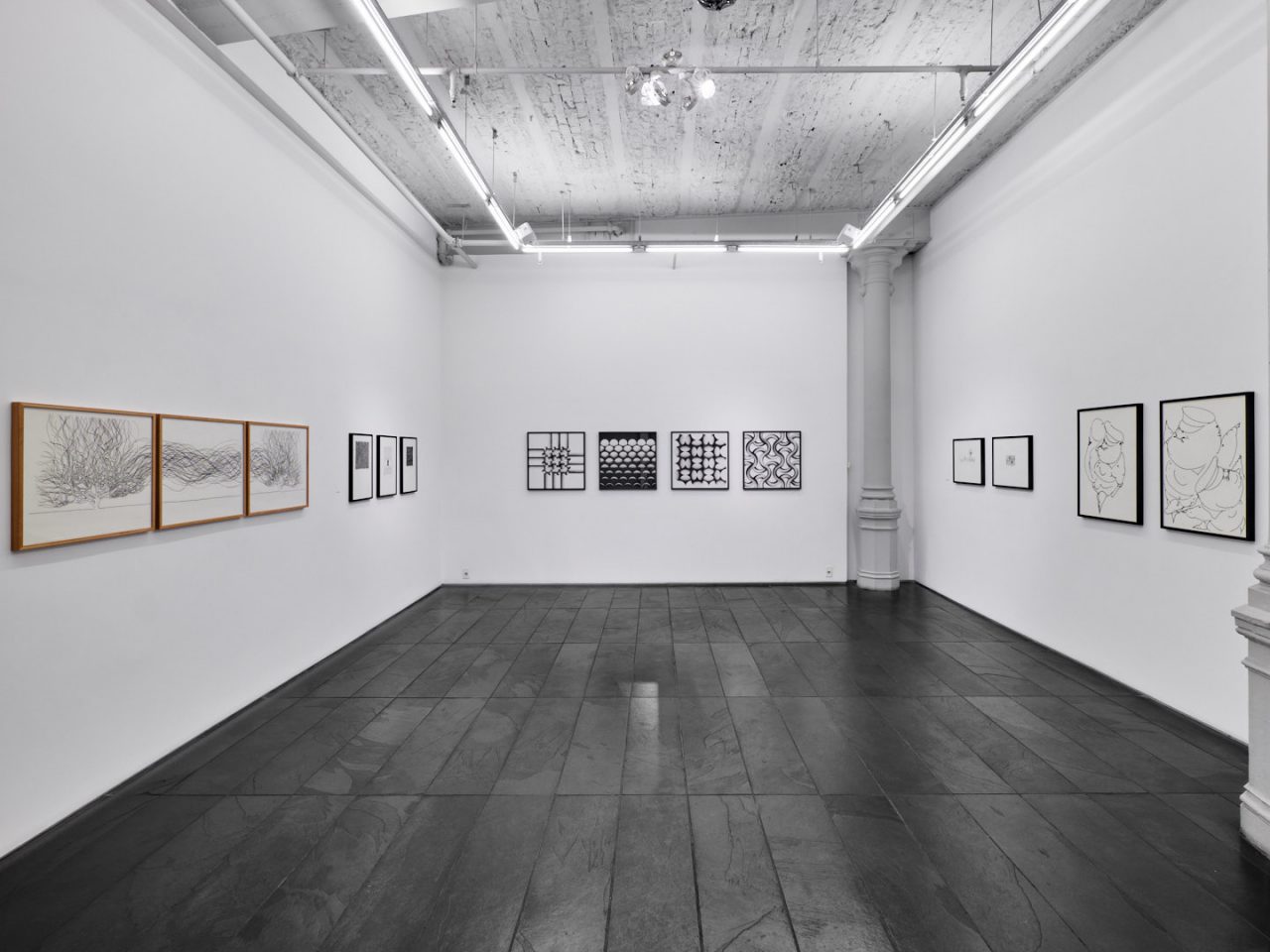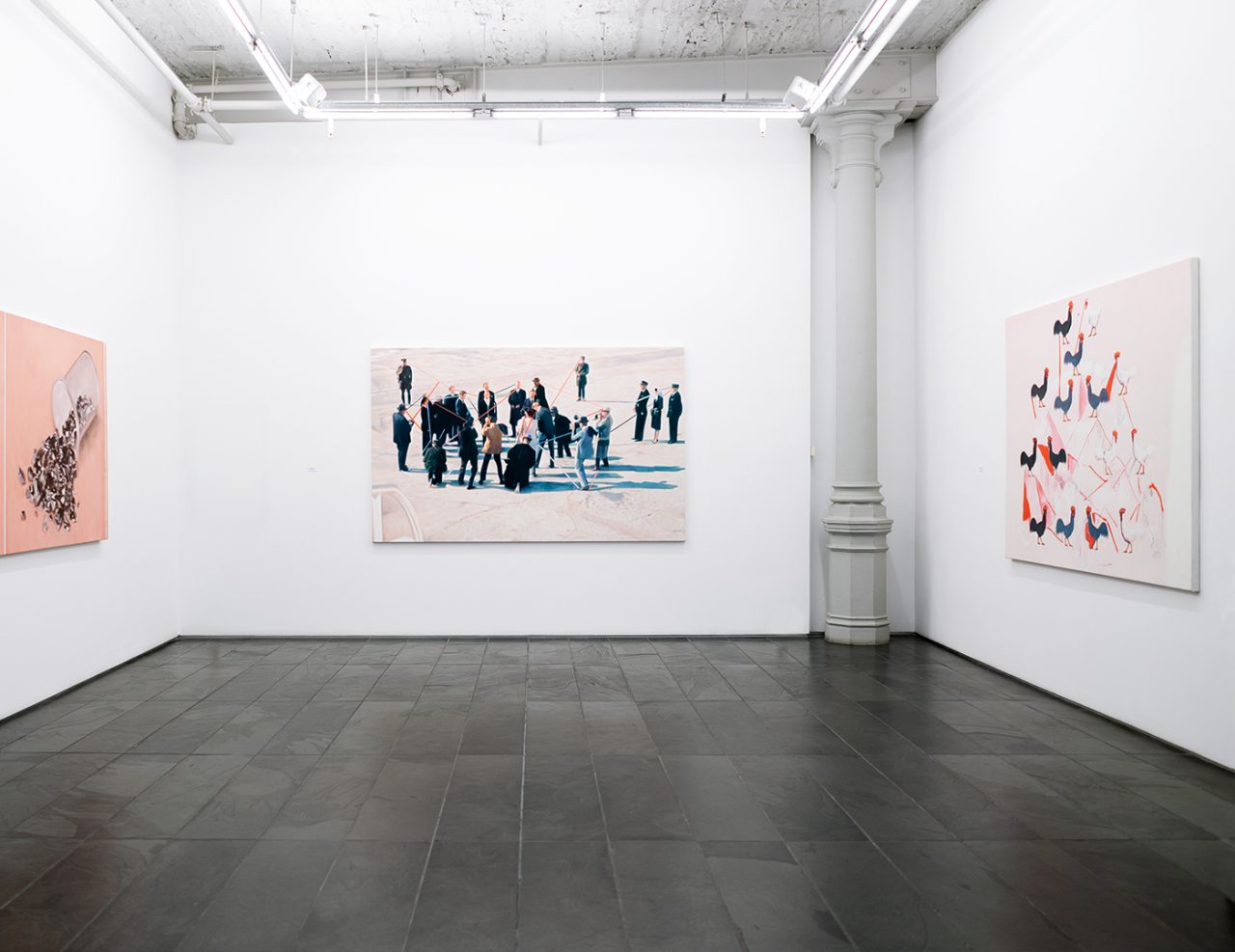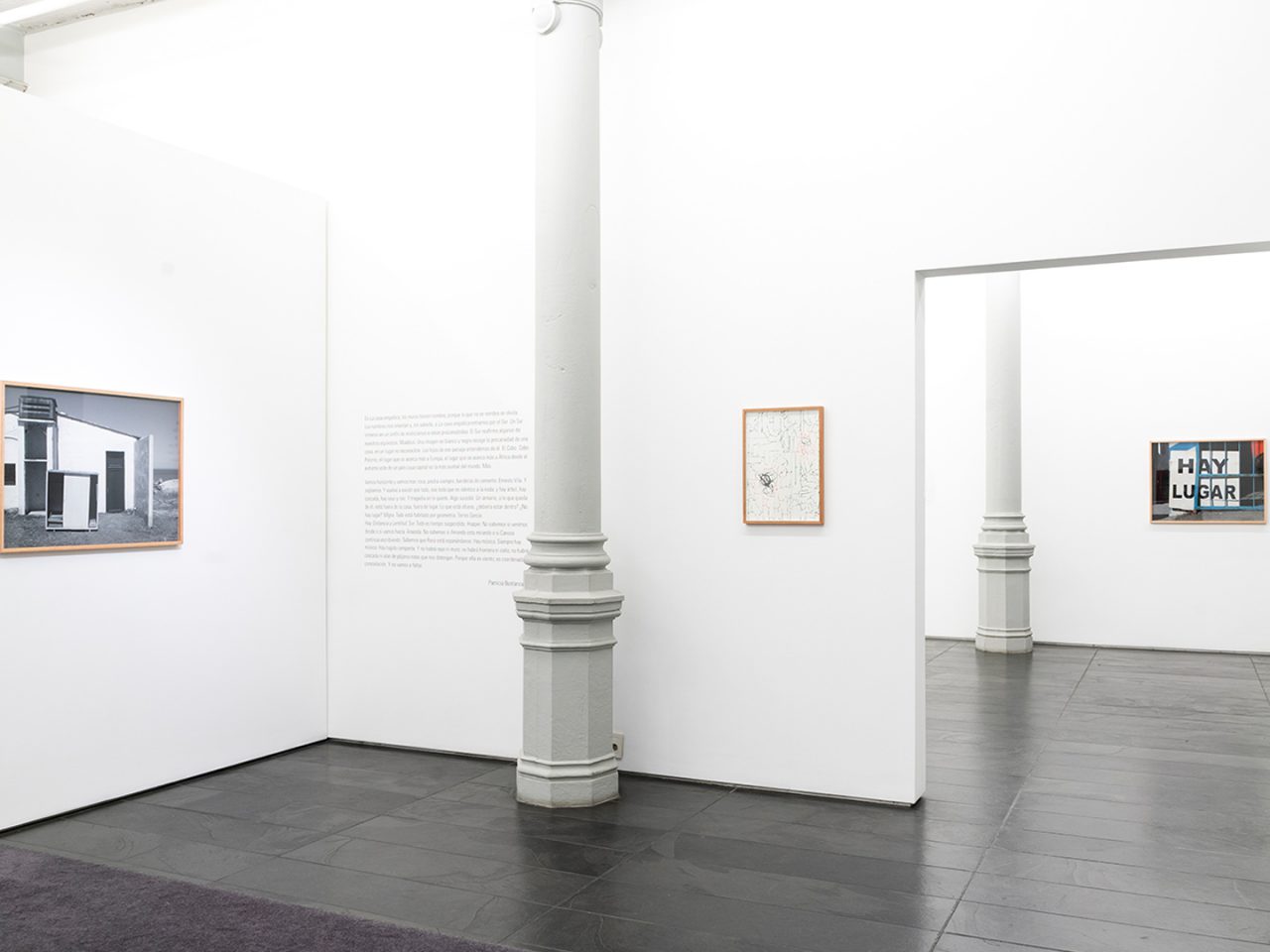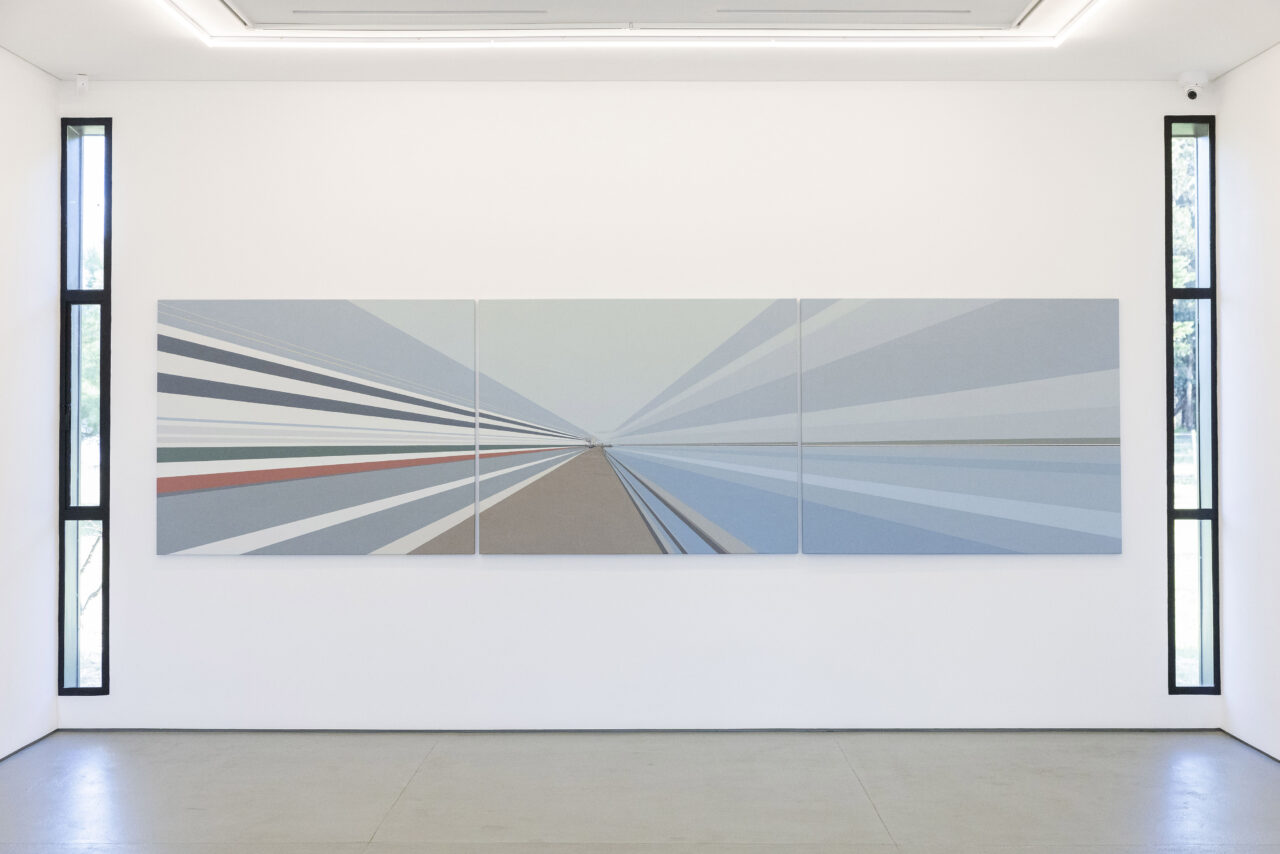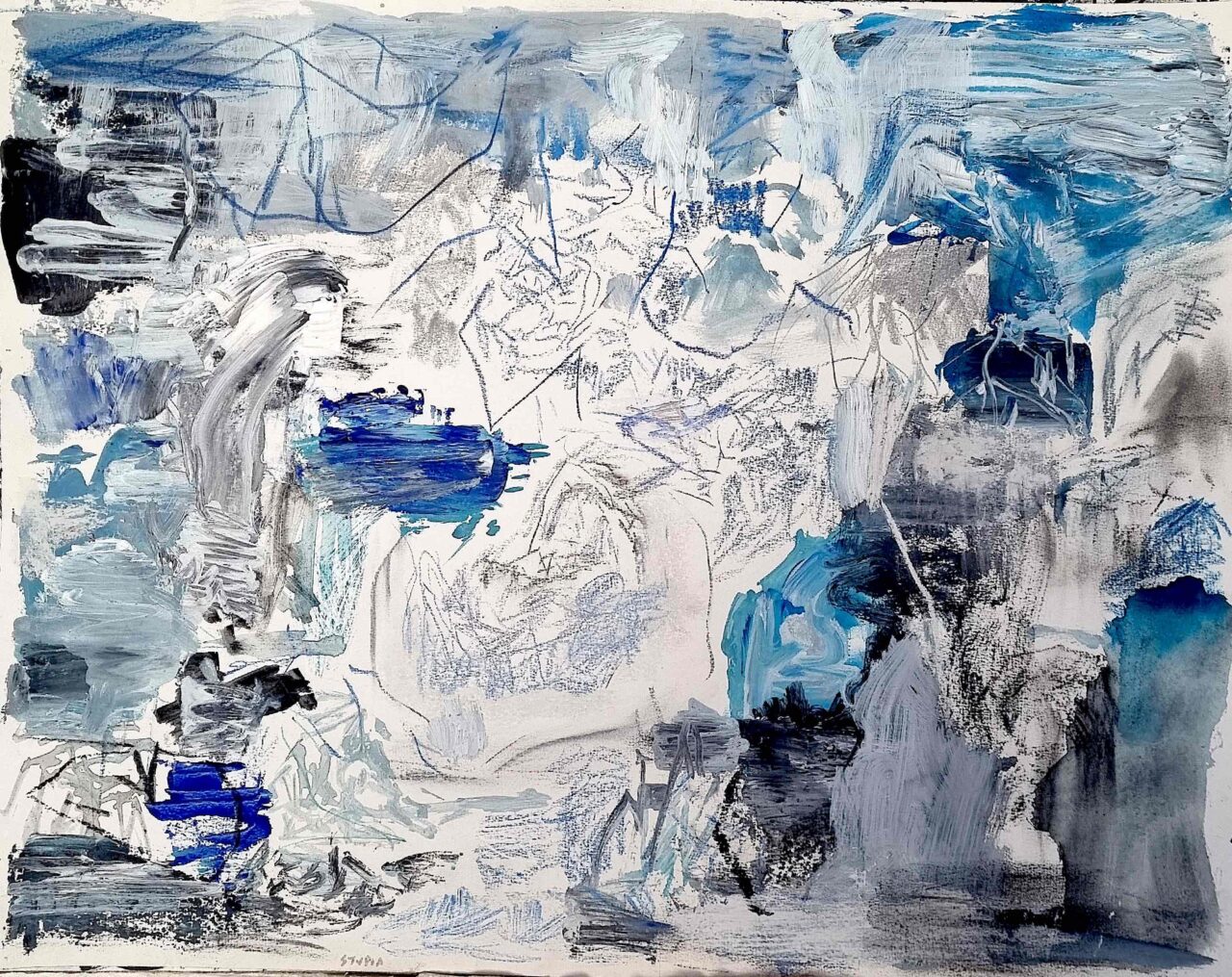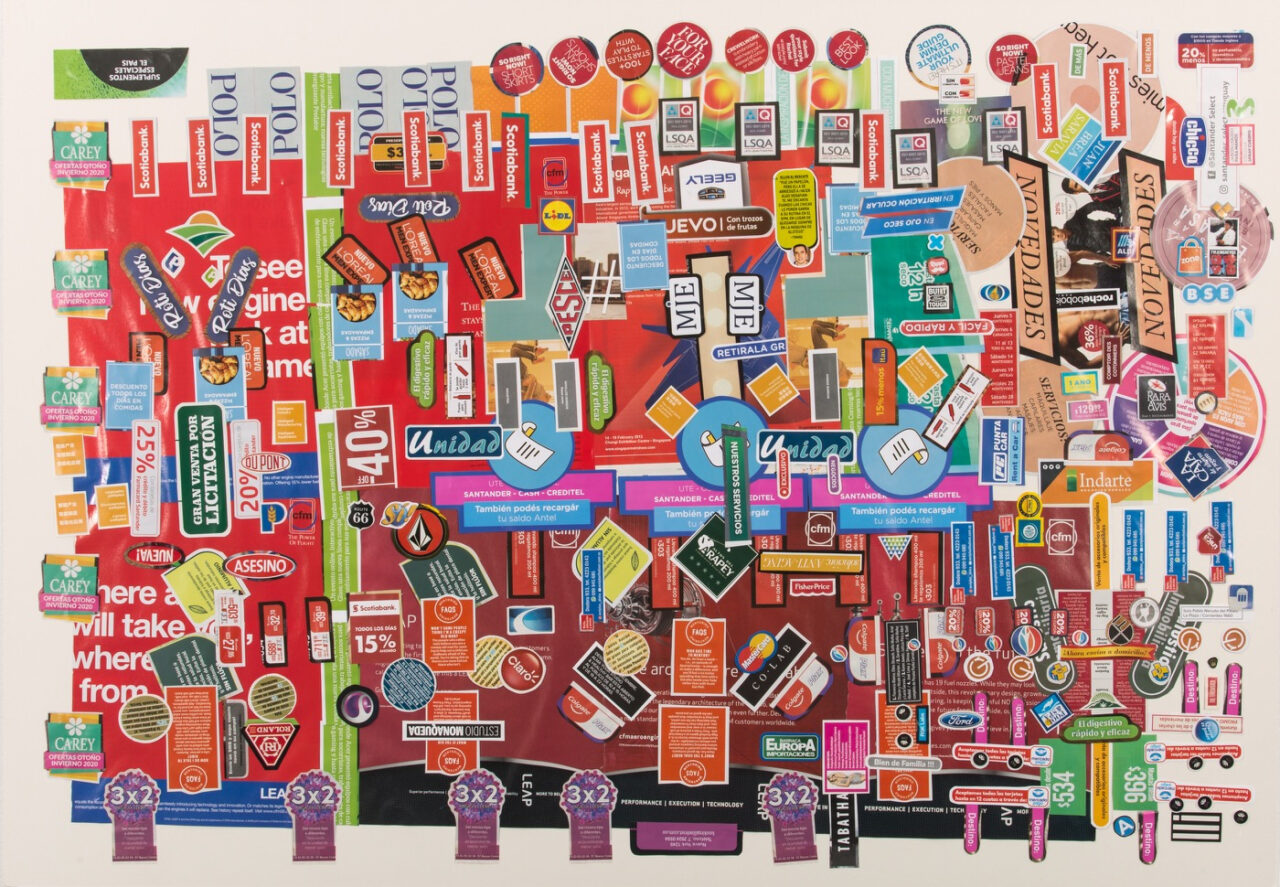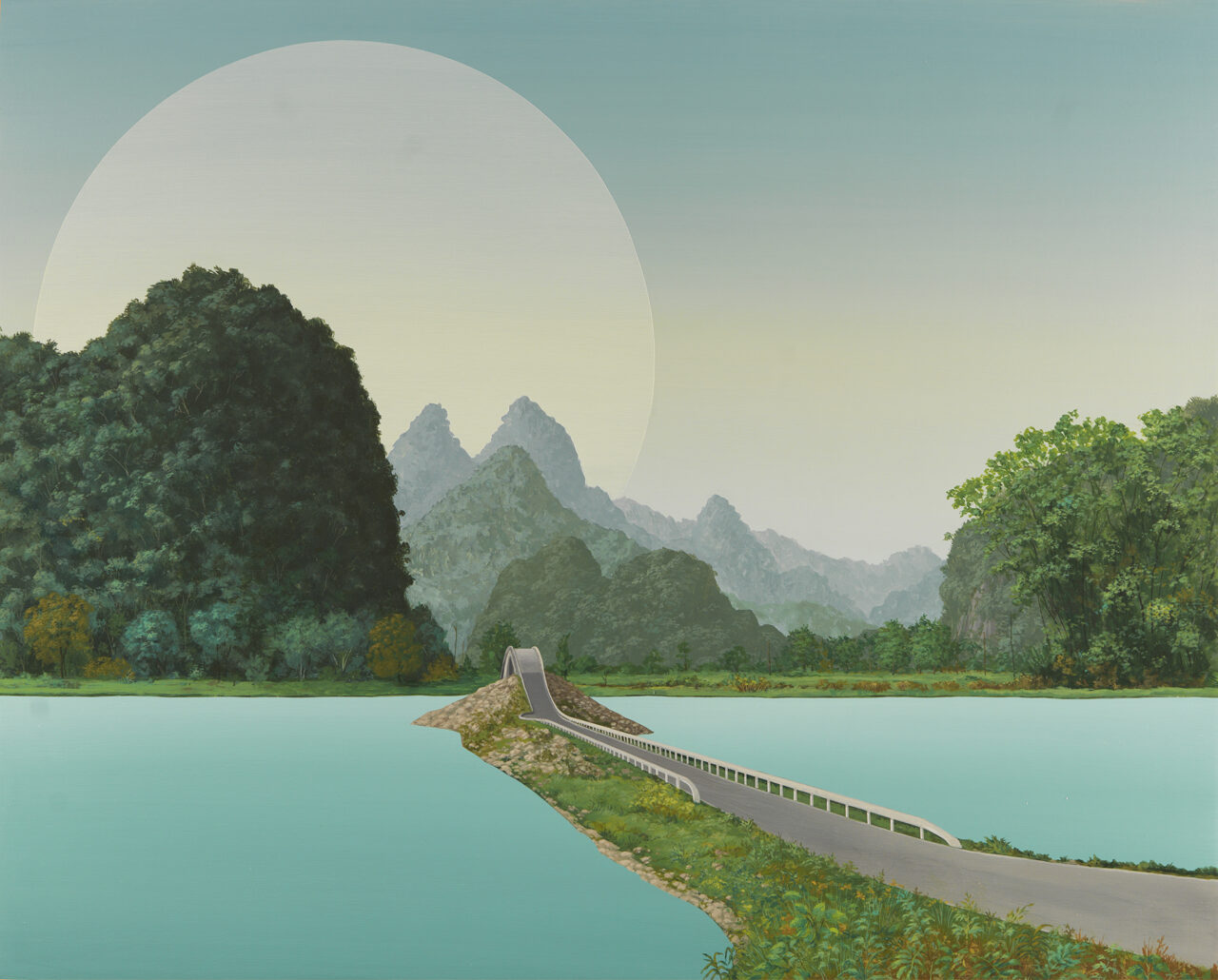Lionel Estève – Perlas tiradas
Lionel Estève
Perlas tiradas
18.03.20 → 03.12.20
Xippas Montevideo is pleased to present Perlas Tiradas (Thrown Pearls), the first exhibition in Uruguay of the French artist Lionel Estève.
The work of Lionel Estève lies amidst the crossroads of drawing, sculpture and installation. The informality and fragility conveyed – features typical in the pieces of his production – stir up our perception of an endless reality, as they reveal a space that appears manifest and almost tangible. The playful interaction of his work with space, colors and sensorial perception results from a meticulous research that involves a wide array of materials. His creations yield some sort of balance between randomness, motion, iteration and rigorousness.
For his Montevideo exhibition, Lionel Estève has produced a number of drawings on paper, in addition to large-scale sculptures that were specifically designed for our gallery’s space. In describing this upcoming exhibition, the artist has made a point of the role that freedom plays at the time of creating his work; and he invites us to experience it through an intimate account.
“I usually work on one project at a time, regardless of the consistency of my projects with one another. I deem each of them as a whole, and separate from the rest.
This exhibition –which evidences a match among the pieces– entails a series of drawings made by laying dots of ink on paper. The small circular and multi-colored points, just like pearls in their appearance, define a path for the viewer to follow. This seemingly labyrinthine track is, much to the contrary, a small and giddy circuit that the human eye is capable of going through, in an endless manner.
The drawings echo two sculptured pieces that also contain infinite designs. The necklaces that hang from the engines on the ceiling flow towards the floor defining small patterns haphazardly. The patterns then vanish in their return to the engines above, before they finally submerge under the floor again. Such succession causes continuous changes in the designs produced by the necklaces. Vanishing at the same speed with which they are created, they display an infinitude of shapes on the floor. The ink drawings referred could perfectly represent frozen images of these sculptures.
A second sculpture in motion, shaped like a circular chrome plated spring, hangs from the ceiling above and vibrates in space with a sound that appears to be a song. It is also similar to a huge drop about to explode, similar to the ink drops dripping on the paper drawings.
And lastly, another – monumental – sculpture that resembles the structure of a Venetian chandelier as it comes to a stop, with the purported complexity of a blooming tree. As crescendi of motion, these elements trigger their own reversion. Motion in kinetic art is often slow and very slight. In this case, speed and outrage become evident, for the centrifugal force involved deploys the chandelier until it fills the entire space, becoming neither more nor less than a great constellation of pearls and small floating elements. The peaceful motion at the very center of this sculpture contrasts the contour, while spots of color pass by at full speed. The fascination in this work is beyond visual, since it also involves a physical and even hypnotic relation that is both attractive and repugnant, and it represents a physically vertiginous experience. We could describe this as a kind of constellation.
I could sum up these pieces under the specific concept of dance. In this project, I have also tried to associate what relates to experience – as we conceive it within a lab – with what is extremely ludic and brief. And these two universes are linked to one another through hap and chaos.”
Exhibition views
-
![Lionel estève2]()
Lionel Estève, "Perlas tiradas", exhibition view, Xippas Montevideo, 2020. Photo: Maria Inés Arrillaga
-
![Lionel estève3]()
Lionel Estève, "Perlas tiradas", exhibition view, Xippas Montevideo, 2020. Photo: Maria Inés Arrillaga
-
![Lionel estève4]()
Lionel Estève, "Perlas tiradas", exhibition view, Xippas Montevideo, 2020. Photo: Maria Inés Arrillaga
-
![Lionel estève5]()
Lionel Estève, "Perlas tiradas", exhibition view, Xippas Montevideo, 2020. Photo: Maria Inés Arrillaga
-
![Lionel estève6]()
Lionel Estève, "Perlas tiradas", exhibition view, Xippas Montevideo, 2020. Photo: Maria Inés Arrillaga
-
![Lionel estève7]()






